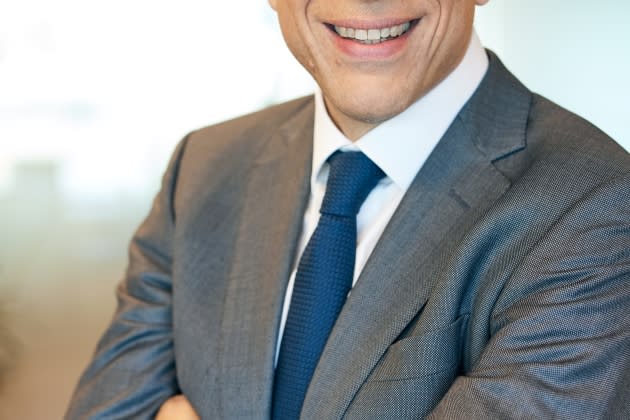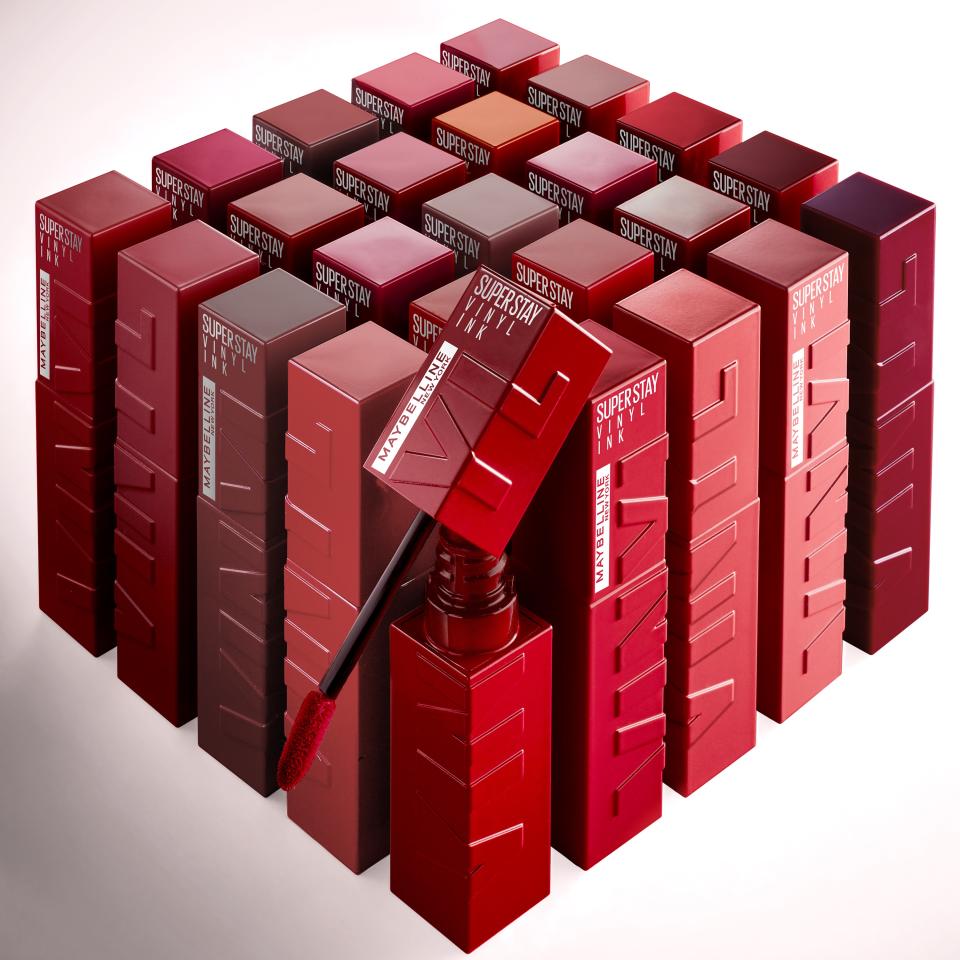L’Oréal Consumer Products Chief Talks Premiumization and Democratization

PARIS — As L’Oréal’s Consumer Products division continues its rapid growth around the globe, maintaining a fine balance between premiumization and democratization is key.
“We’re living in exciting times,” said Alexis Perakis-Valat, president of the division.
More from WWD
He was referring to how in 2022 the branch registered its best growth in 20 years, while in first-quarter 2023, the division posted its most stellar quarter in terms of gains on record.
“What we like about the growth is that it’s both balanced and broad-based — balanced between volume and value,” explained Perakis-Valat. “What’s interesting is one-third is volume and two-thirds is value. We want this balance, because we need to lead premiumization, but at the same time to democratize.”
That’s around the world, as the division keeps gaining market share with all its brands and categories, in every region.
“For us it is a very important grand slam,” he said.
Perakis-Valat was speaking before setting off to Tokyo, where The Consumer Goods Forum began on Tuesday. L’Oréal’s Consumer Products division has partnered with that forum since 1988.
“There are two things in this event that are really meaningful for us,” he said. “First: How we can collaborate across the industry on very important subjects.”
Sustainability is top of mind as an issue needing to be tackled collectively. The CGF’s coalition around plastic waste is a means to such an end.
Outside CGF, L’Oréal helped found the EcoBeautyScore Consortium.
“We think that informing consumers about sustainable consumption choices will be paramount for the future, and it’s something that we have to do as an industry,” said Perakis-Valat. “Leading sustainable consumption at scale everywhere in the world is something that is extremely important to us.”
For L’Oréal, the second key part of the event is how the group can work with retailers to grow beauty collaboratively.
“It’s an occasion to deepen these partnerships,” he said. “Beauty is an offer-driven category more than ever. We’ve got to be two to tango.”
On a geographic basis, one-third of L’Oréal’s Consumer Products division’s growth stems from emerging markets, including Latin America, Southeast Asia, India, sub-Saharan Africa and the Middle East.
“These are regions for the future,” said Perakis-Valat. “But Europe is also on fire. The U.S. is doing very well, and China — after a tough start of the year because they were still in the middle of COVID[-19] — seems to be gradually picking up. So it’s very balanced by region, by category.”
The executive noted the return of color cosmetics.
“Everywhere in the world, we’re seeing makeup [sales] significantly over 2019,” he said, talking about pre-pandemic times. “We’re also growing very fast on hair care, thanks to premiumization. We’re growing fast on skin care.”
L’Oréal’s premiumization strategy has been informed largely by a global insight pointing to how digital and social media have raised the level of people’s expertise — and therefore desire — for value-added beauty everywhere.
The number of online beauty videos was up 40 percent last year, when there were 1.6 billion more “beauty” searches on Google.
“The more you know about the category, the more you are demanding,” reasoned Perakis-Valat. “And the more you’re demanding, the more you’re ready to pay a bit more to get more value added.
“Of course, it’s important that you get bangs for your bucks,” he said. “That’s why we’ve pushed a lot of disruptive and valorized innovation. People are ready to pay more if you offer them more. That is what’s explaining this common surge of volume and value — especially for brands that offer more.”
In skin care, for instance, the penetration of serums, a pricy category, has doubled in the past three years in most countries — those that are developed, such as the U.S., as well as emerging countries, like Brazil or India.
At CGF in 2022, L’Oréal presented to its partners three products: Elseve Pro Bond Repair hair care, from L’Oréal Paris; Maybelline Superstay Vinyl Ink, a long-lasting shiny lipstick, and Garnier Good permanent hair color that’s 98 percent natural and comes with a new application gesture.
Perakis-Valat called all three “super disruptive” and premium.
“One year after, they’re huge successes,” he said, describing the Consumer Products division’s strategy as a mix of global visions plus local savvy and expertise. That is meant to nurture brands like L’Oréal Paris, Garnier, Maybelline and Nyx to remain sharp and global, fueled by innovation.
“Good ideas can come from everywhere,” said Perakis-Valat.
Take as an example the world’s bestselling mascara, Mascara Lash Sensational Sky High, from Maybelline, which was designed in the U.S. then launched there three years ago.

“Great ideas travel,” said Perakis-Valat. “Now, it’s also becoming the bestselling mascara in Japan. It’s the same great idea, the same great name, with a pack that is a bit more premiumized, and with a wiper, a formula, a brush that have been specifically designed for North Asian lashes.”
The mascara has found success in China as well, he said.
Garnier Bright Complete Vitamin C Booster Serum was developed in Southeast Asia and became a hit there before being launched in other emerging markets. It’s subsequently a big seller in places such as Mexico, the Middle East and Brazil — as well as in Europe.
“We take insights from everywhere in the world, and at the same time we use our clout and our global organization to transversalize ideas, still paying a lot of attention to adapting formulas, packaging and formats to the specific needs of consumers,” said Perakis-Valat.
Such successes mix science and magic, he believes.
“One of the most powerful engines is the L’Oréal culture,” explained Perakis-Valat, underlining his point by quoting François Dalle, a former group chief executive officer, who famously said: “Seize what is starting.” “This is engrained in our culture.
“We have a vision of beauty which is global, multichannel and multicategory,” continued Perakis-Valat. “If people see that something is working somewhere, we’re making it known very fast.”
Tech, he believes, can play an important role “to really create beauty for each at scale.”
“Tech is a fantastic way to put service in a self-service environment, and to help billions of consumers around the world navigate the beauty jungle to find the right routines, the right [order] of products for them,” he said.
Perakis-Valat mentioned the likes of Garnier’s Skin Coach AI or L’Oréal Paris’ Colorsonic at-home hair color device.
Today, the Consumer Products division owns 12 percent market share globally.
“So we have tons of room to grow,” said Perakis-Valat. “Beyond our market share, I really believe that this overall elevation of the market, in terms of expertise, knowledge and desire, is extremely powerful.”
Best of WWD

